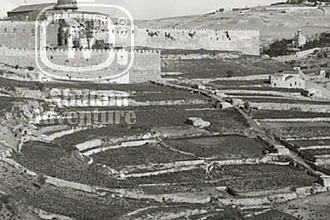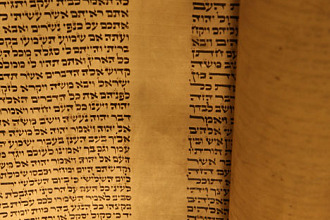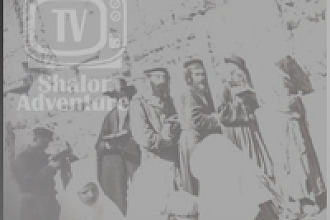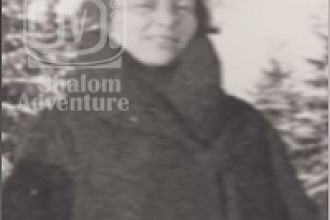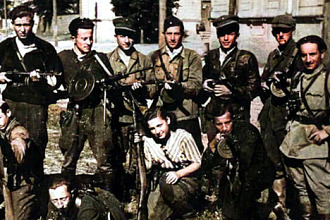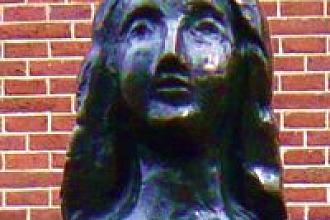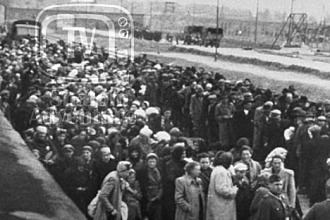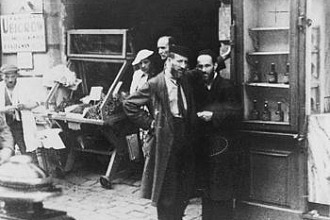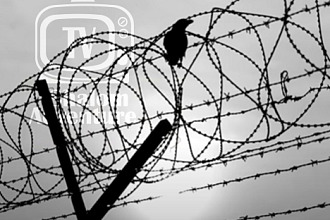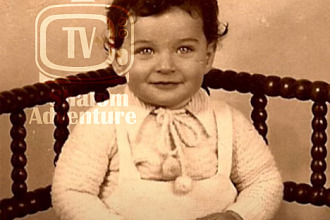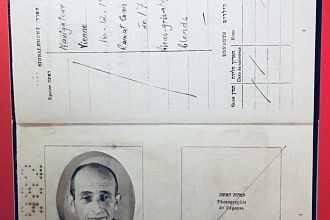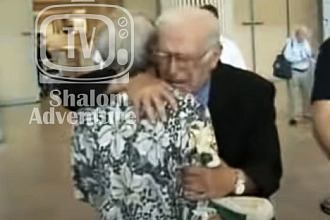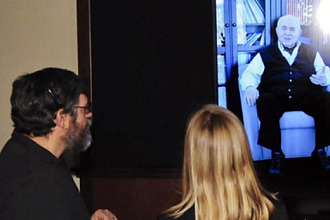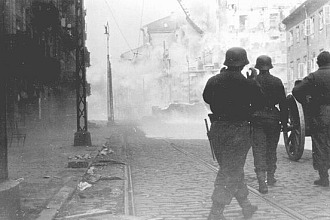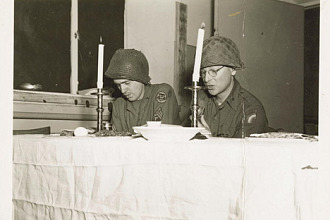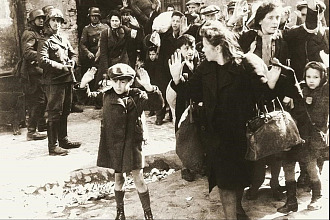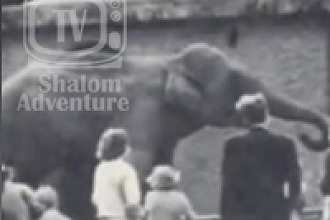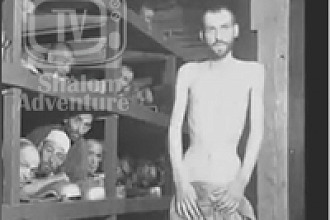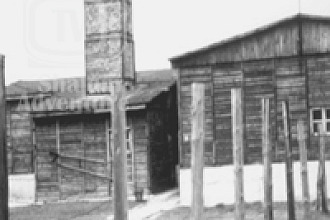Adolfo Kaminsky was a courageous member of the French Resistance who dedicated three decades of his life to forging identity papers – illegally, of course - to help save the lives of the Jewish people who would have otherwise perished at the hands of Nazi Germany.
After the war broke out, Kaminsky was introduced to the art of photography, and learning this skill facilitated his ability to reproduce official stamps needed for counterfeit identity cards.
Kaminsky was born into a Russian Jewish family in Buenos Aires, Argentina in 1925, and his family later immigrated to France in 1932. It was at this time he went to work as an apprentice in the dyes industry. He later interned with another family before being released from his internship because of his foreign citizenship, and took the opportunity to join the French Resistance at the young age of 17. He used the dying and chemistry skills he learned in his previous apprenticeships to perfect the art of forging official documents for the Jewish Resistance and later the French Military Secret Services until the end of the war.
The end of World War II was not the end of Kaminsky’s career as a professional document forger though, but only the beginning. Over the next couple decades, he continued to perfect the art forging papers for individuals and groups who opposed the British Mandate in Israel. Kaminsky also forged official identity documents for the Algerian National Liberation Front resistance groups who were operating in France, various revolutions in his home continent of South America, various insurrections in the second and third world and against select western European dictators. He contributed his services to the apartheid movement in South Africa. It is believed that Kaminsky was never paid for his services.
Kaminsky never even really told his own family about his career in professional forgery.
“I don’t think anybody told me,” his daughter Sarah Kaminsky told the Times of Israel. “I think my brothers and I heard it during conversations over dinners. But when we were young we didn’t really understand what forgery was.”
“When I realized that he did forgery,” Sarah continued. “I couldn’t really believe it because he’s really moral and respects the rules. He always taught us to be respectful of the law so we couldn’t believe that he was involved in illegal activity. But [eventually] we understood that even though he did things illegally, it was within his parameters of a fierce moral structure.”
A book has been written chronicling Kaminsky’s illegal activities. Titled “A Forger’s Life,” originally published in 2009, the book has since then emerged as a best seller in France and subsequently translated into seven languages, including Turkish, Arabic, Hebrew, and English.
Written by Erin Parfet

